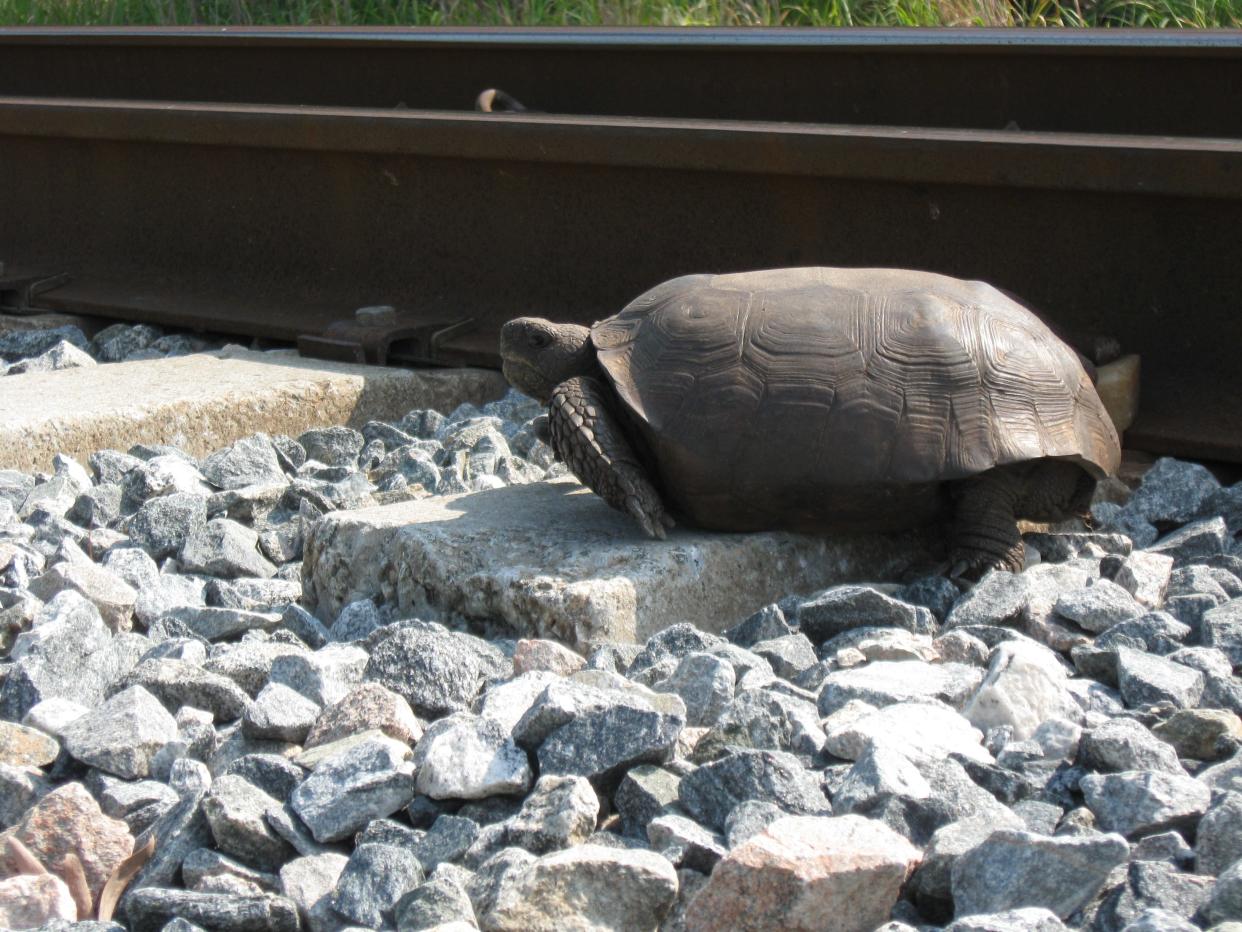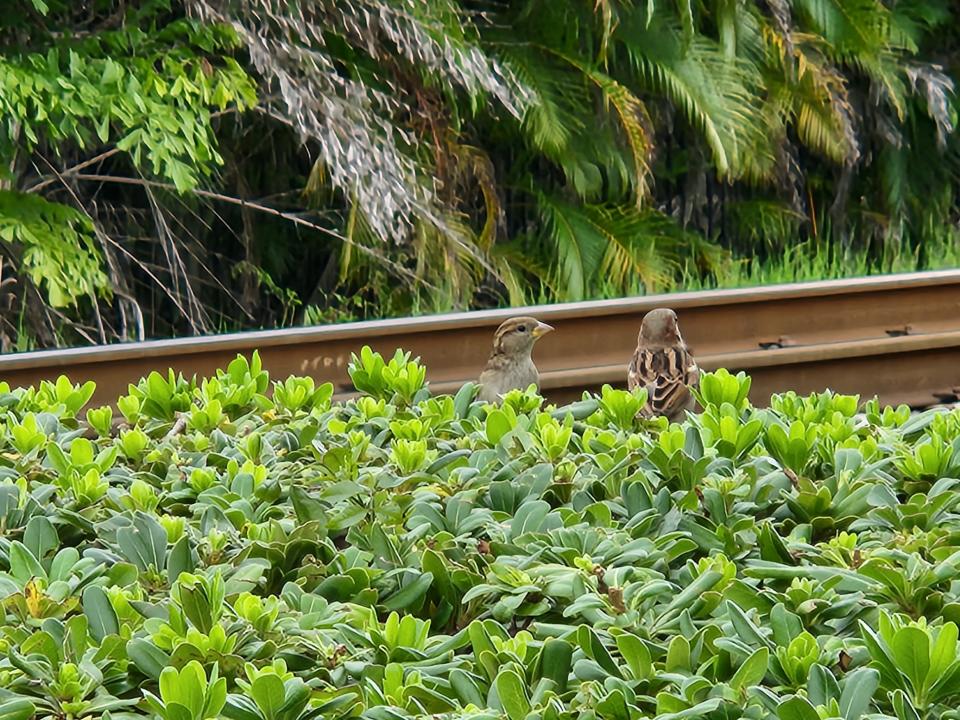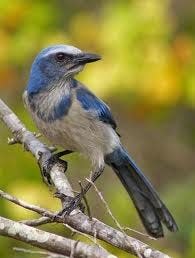Brightline has not reported harming a single threatened or endangered species to FWS, FWC

Brightline has not reported harming a single protected plant or animal since it began service in 2018, according to the U.S. Fish & Wildlife Service and Florida Fish and Wildlife Conservation Commission.
The high-speed passenger train company is not required to proactively monitor wildlife along the railroad tracks, but observed injuries or deaths of threatened and endangered species must be reported to FWS and are "expected" to be reported to FWC, according to agency spokespeople.
That raises the question: Has no animal been harmed, or has Brightline just not reported it?
Brightline has not responded to TCPalm's numerous emails and phone calls seeking comment.
Railway deaths: Brightline was deadliest; says safety ‘a shared responsibility’

Have Brightline trains killed animals?
Biologists, researchers and park rangers say it's unlikely Brightline trains have not harmed wildlife.
“I'm unsure whether they would report or just sort of ignore interactions with wildlife unless it's something that damages the trains,” said Florida Atlantic University biology professor Jon Moore, who studies gopher tortoises and fragrant prickly apple cactuses, both of which are at high risk.
Susan Beattie, an FWC-licensed wildlife rehabilitator in Martin County, said she has not received any calls involving Brightline trains, but she fears for animals that could get "red-misted."
“By the time someone would see something or suspect something, the animals would be so devastated, crushed, mutilated," she said. "They would already be brutally destroyed. We wouldn’t be able to identify things.”
Florida state park rangers who report dead or injured wildlife to the authorities may not cite Brightline trains as the cause unless they see the collision, the Department of Environmental Protection said.
Does Brightline affect Florida wildlife?
Wildlife is at risk, FWS wrote in a 2015 biological opinion that assessed Brightline's potential environmental impacts and ordered the relocation of many at-risk cacti and tortoises.
Brightline track construction was "likely to adversely affect" the rare cacti — no longer found anywhere but St. Lucie County — as land clearing would fragment habitat and destroy seed beds, the opinion states. Within the Savannas Preserve State Park, 170 cacti were relocated.
Brightline train operation “has the potential to adversely affect" the cacti, as well as Florida scrub jay habitats in Brevard, Indian River, St. Lucie and Martin counties, the opinion states.
Brightline trains "may affect" the federally endangered wood stork and Everglades snail kite, and the federally threatened Lakela's mint, Eastern indigo snake, Atlantic marsh snake and West Indian manatee, but not "adversely,” the opinion states.
Florida scrub jays

FWS said trains can collide with scrub jays and cause noise disturbance, and the agency predicted more birds will be killed by Brightline trains than motor vehicles.
The railroad tracks pass 16-19 active scrub jay habitats between Orlando and West Palm Beach, and FWS observed the birds flying over the corridor, the opinion states. Brightline is required to monitor how its service affects eight habitats and its denizens, and submit an annual report starting in 2024.
Scrub jays are closely monitored at Jonathan Dickinson State Park, which is their largest protected habitat in Southeast Florida, DEP told TCPalm.
FWS permitted Brightline trains to "take" — meaning injure or kill — three scrub jays a year in its first two years of service, and currently permits trains to take one scrub jay per year.
"The service has determined that this level of take will not jeopardize the existence of the Florida scrub jay," FWS told TCPalm.
Florida gopher tortoise
FWS did not address gopher tortoises because the ones that live in Florida are not protected by the federal government, only the state government, which lists them as a threatened species.
During Brightline track construction, 308 gopher tortoises were relocated to five state-approved sites — Padgett Creek east of Yeehaw Junction, Triple S Ranch north of Lake Okeechobee, Lake Wales Ridge Conservation Bank, Camp Lonesome in Kenansville and Lake X Holdings in St. Cloud — that have different environmental conditions they'd have to adapt to, Moore said.
Land turtles and gopher tortoises are more vulnerable than other wildlife to railways, which are understudied compared to roads, according to a 2018 study conducted by researchers from four different universities and the Kennedy Space Center.
Railways can electrocute and entrap animals, according to researchers who found many embedded in the tracks, including gopher tortoises, chicken turtles, softshell turtles and Eastern box turtles.
None of the 24 gopher tortoises researchers observed for an hour successfully crossed the tracks, and many flipped onto their backs, the study says. Moore, who was not among the researchers, said he has also seen tortoises hobbling across the tracks on the Treasure Coast.
Trenches and bridges can provide an escape route, the study says, but Brightline does not employ them, or fences.
“There’s no defense for them,” Beattie said.
Brightline trains pass through parks
Railroad tracks run through or near these Treasure Coast conservation lands, some of which are inhabited by deer, bears, foxes, otters, raccoons, bobcats, panthers, hawks, blue jays, scrub jays, bald eagles, sandhill cranes, alligators, sand skinks, river cooters, gopher tortoises and Eastern indigo snakes:
Jonathan Dickinson State Park: 10,500 acres
Savannas Preserve State Park: 5,400 acres
Atlantic Ridge Preserve State Park: 4,886 acres
National P. Reed Hobe Sound National Wildlife Refuge: 1,091 acres
Seabranch Preserve State Park: 922 acres
Indrio Savannahs Preserve: 297 acres
Donald B. Moore Preserve: 78 acres
Halpatiokee Regional Park: 65 acres
Walton Scrub Preserve: 33 acres
Hobe Sound Scrub Preserve: 28 acres
"There's a lot of wildlife," Moore said. "With the increased traffic from the trains, collisions are more likely."
Katie Delk is an environmental reporter for TCPalm. Contact her at katie.delk@tcpalm.com or 772-408-5301. Check for updates at @katie_delk.
This article originally appeared on Treasure Coast Newspapers: Have Brightline trains killed animals? FWS and FWC have no reports

